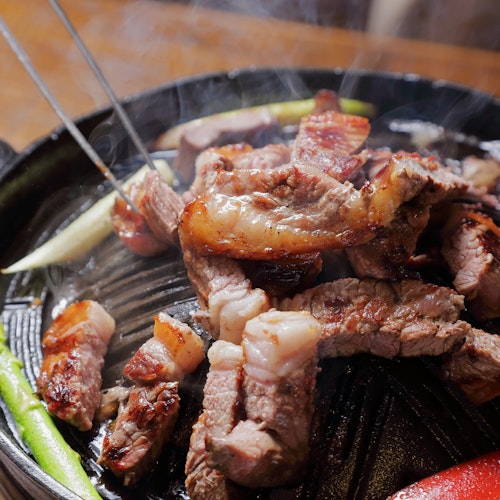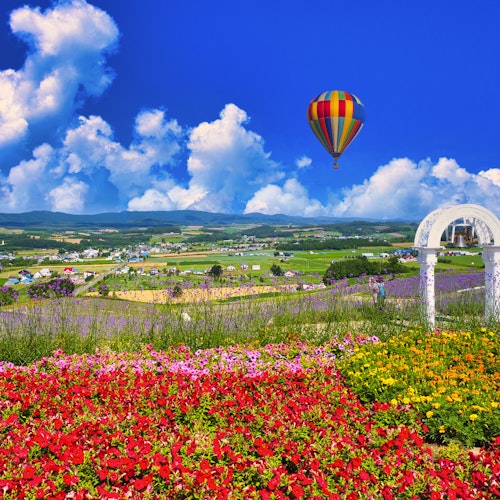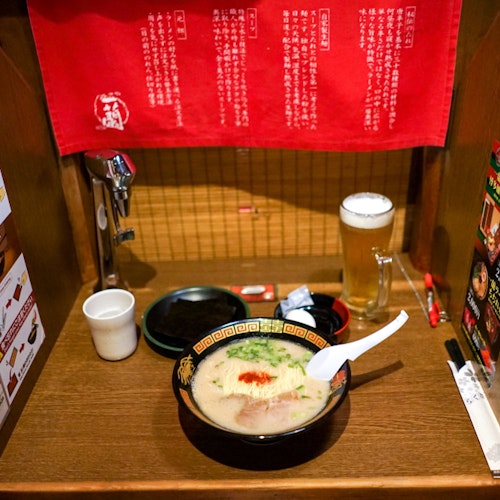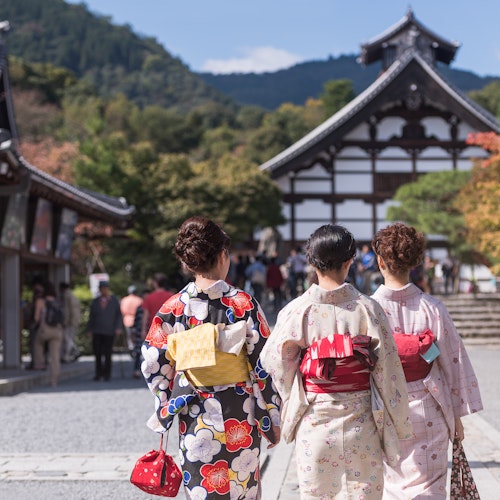
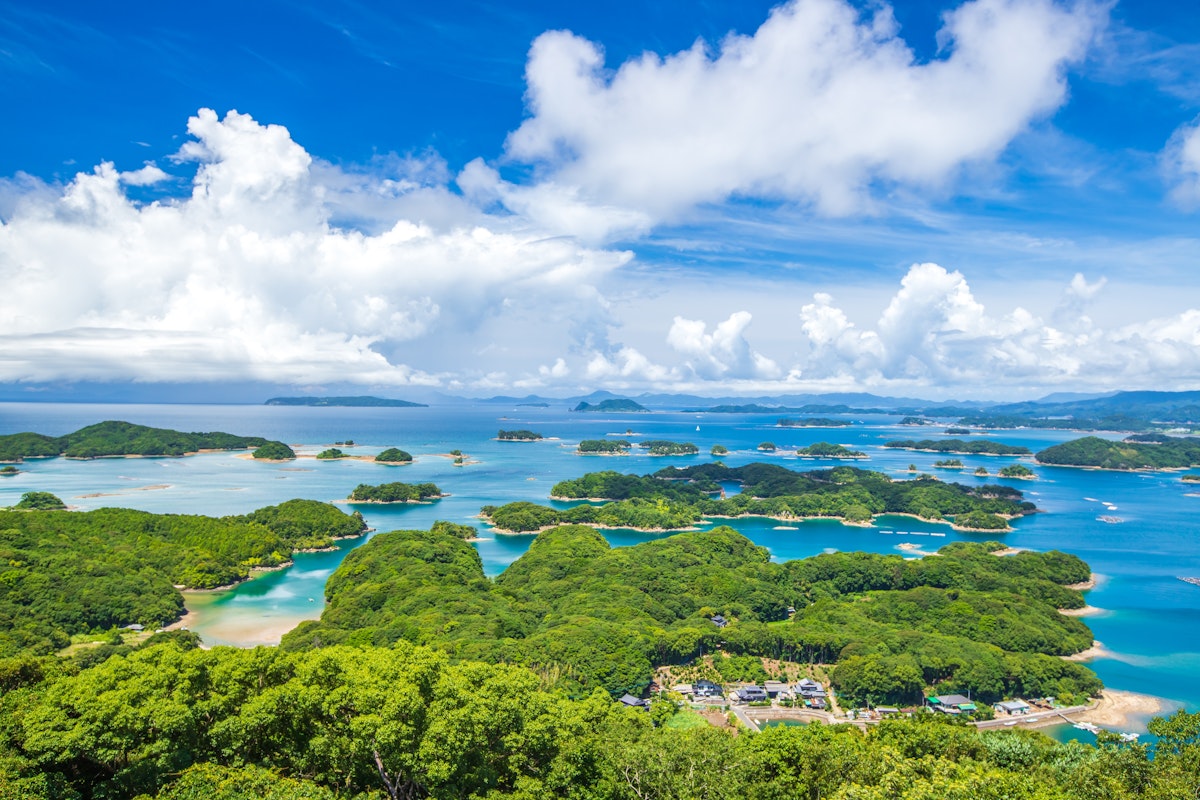
長崎這座城市擁有豐富的歷史和文化,是過去與現在的獨特融合。對於第一次來的旅行者來說,這個目的地可以深入瞭解塑造日本和整個世界的時刻。
從原子彈爆炸的悲傷紀念館到充滿活力的節日和風景如畫的風景,長崎是一座對比鮮明的城市,給人留下了持久的印象。了解為什麼長崎應該以這些必不可少的體驗在您的旅行清單上名列前茅。
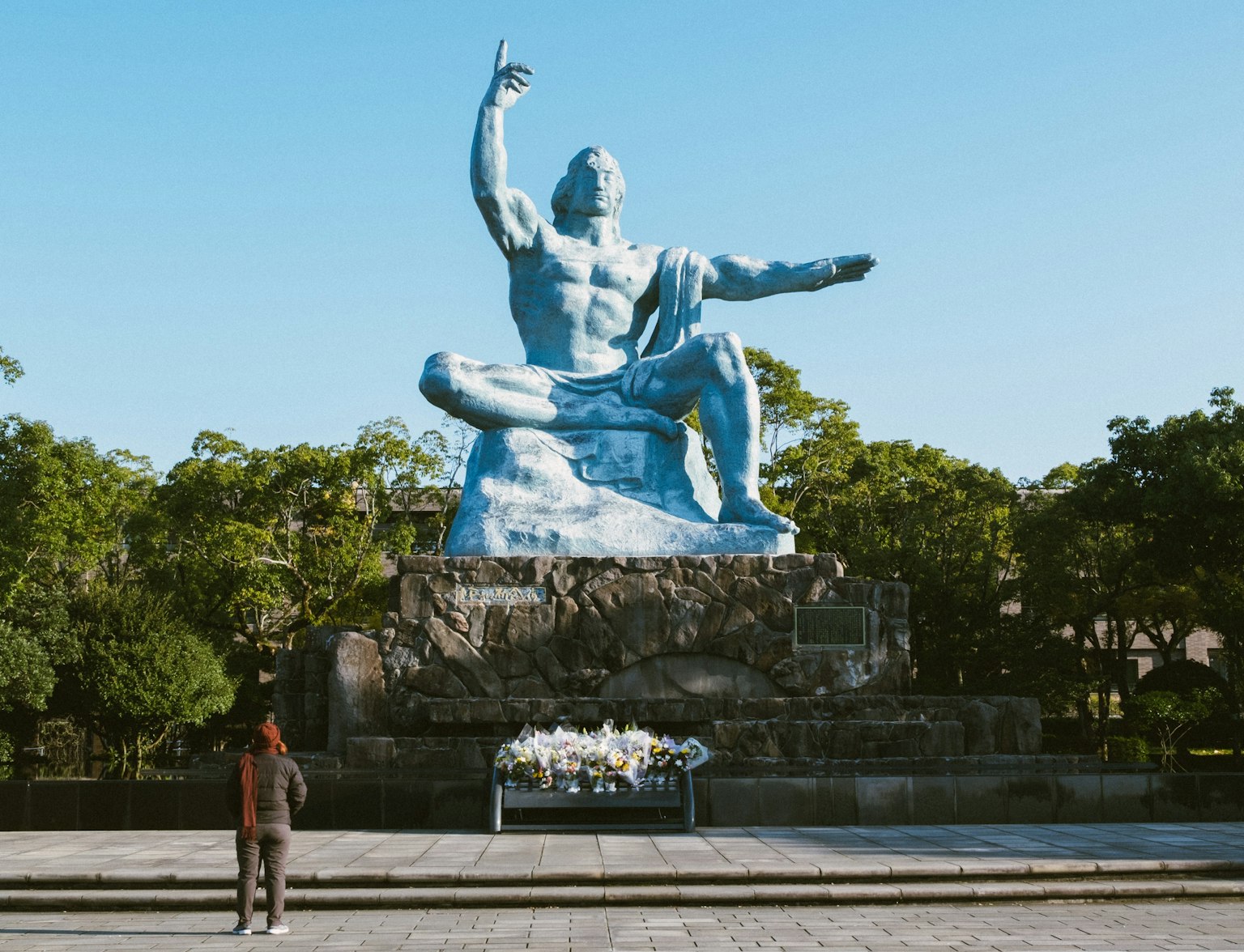
在難忘的自助語音導覽中探索長崎的非凡歷史和韌性。

這長崎原子彈爆炸博物館》令人心酸地提醒著人們 1945 年 8 月 9 日發生的原子彈爆炸。該博物館提供有關爆炸前事件、爆炸影響和後果的詳細展品。
參觀者可以探索文物、照片和個人故事,這些作品突出了人們的韌性和城市的恢復。

長崎和平公園 (Nagasaki Peace Park) 以其標誌性的和平雕像和寧靜的環境體現了這座城市對世界和平的奉獻精神。該公園位於原子爆炸的爆炸中心附近,靠近爆炸中心公園,每年都會舉辦和平紀念儀式。
如果不花時間在和平公園,長崎之行是不完整的,它象徵著這座城市對和平的希望。公園裏點綴著樟樹和原子彈受害者紀念碑,為人們提供了一個沉思和紀念的空間。
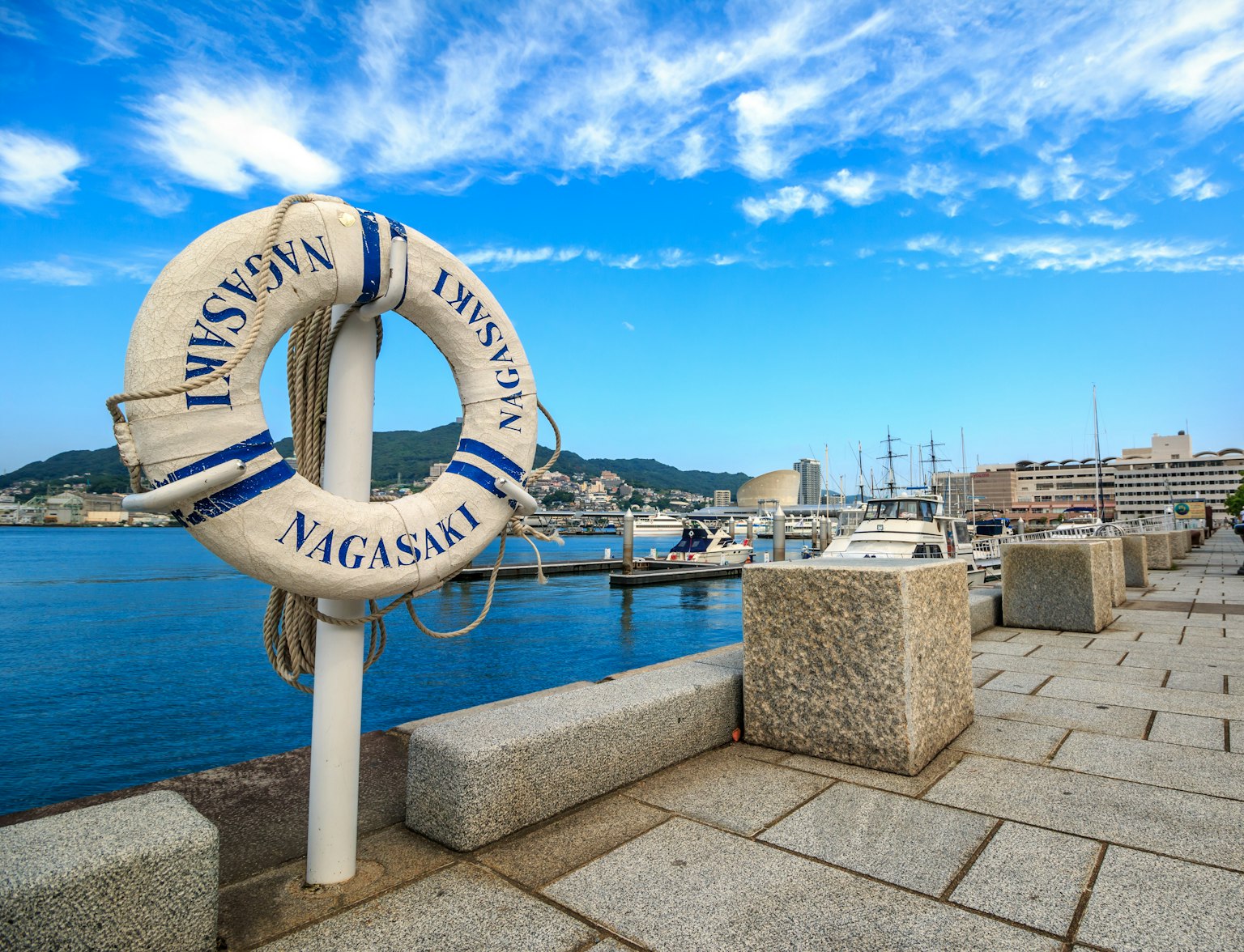
在3小時的個人化徒步旅行中探索長崎充滿活力的心臟地帶。
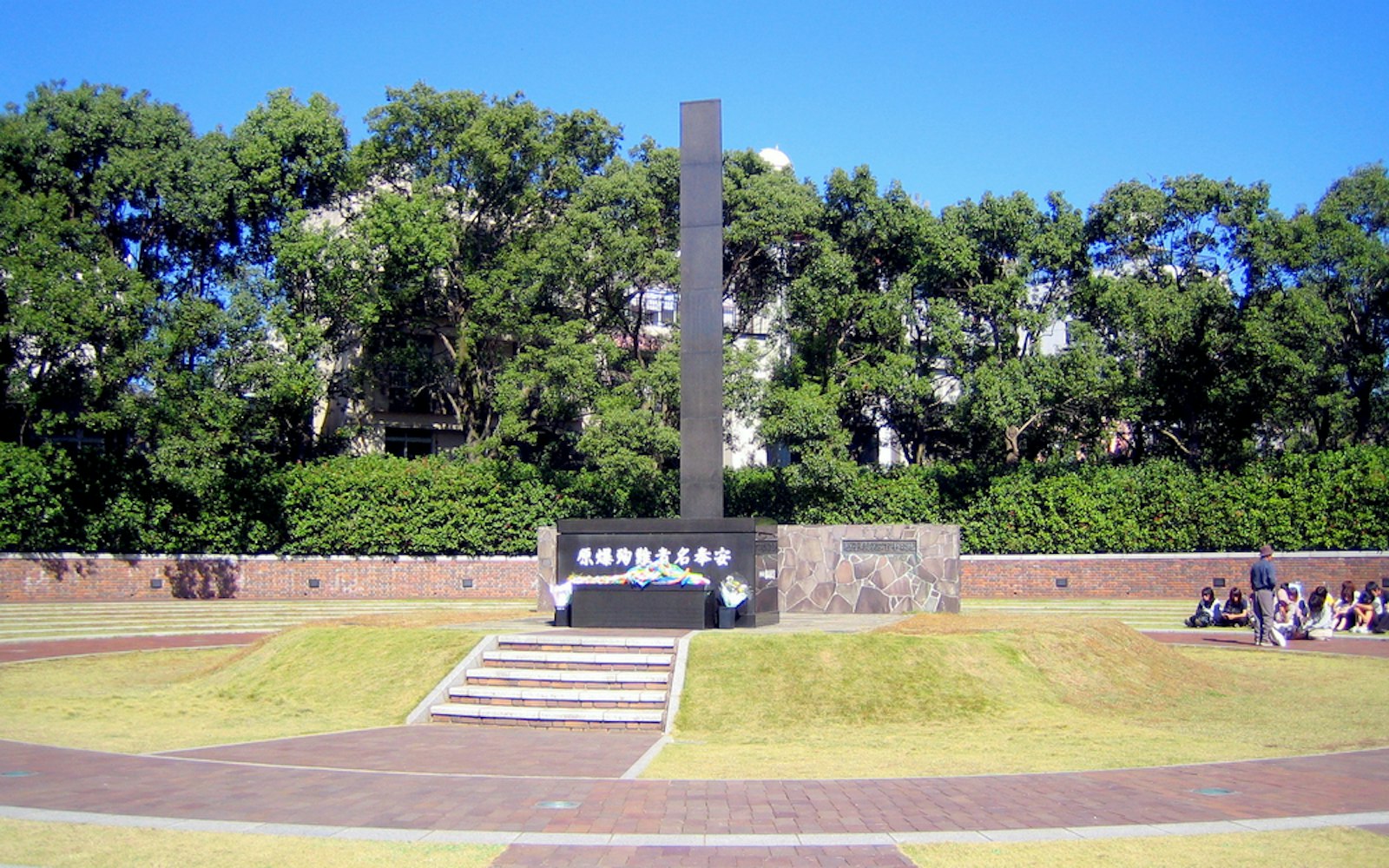
位於長崎的原子彈爆炸中心公園是 1945 年 8 月 9 日原子彈爆炸的確切地點。一根醒目的黑色石柱象徵著爆炸中心,周圍環繞著一個寧靜的公園,公園裡種滿了櫻花樹和紀念館。
該遺址是包括長崎和平公園和長崎原子彈爆炸博物館在內的大型建築群的一部分,為遊客提供了對原子彈爆炸的破壞性影響和城市恢復之路的深刻反思。今天,公園是希望和韌性的象徵,生機勃勃的綠色植物與過去的破壞形成鮮明對比,證明瞭大自然的再生能力和城市對和平的承諾。

哥拉巴花園是一個露天博物館,展示了明治時代的西式豪宅。這個聯合國教科文組織世界遺產享有長崎灣的壯麗景色。
它提供了對外國居民生活的見解,尤其是有影響力的蘇格蘭商人湯瑪斯·格洛弗。遊客可以探索保存完好的歷史建築和風景秀麗的風景。
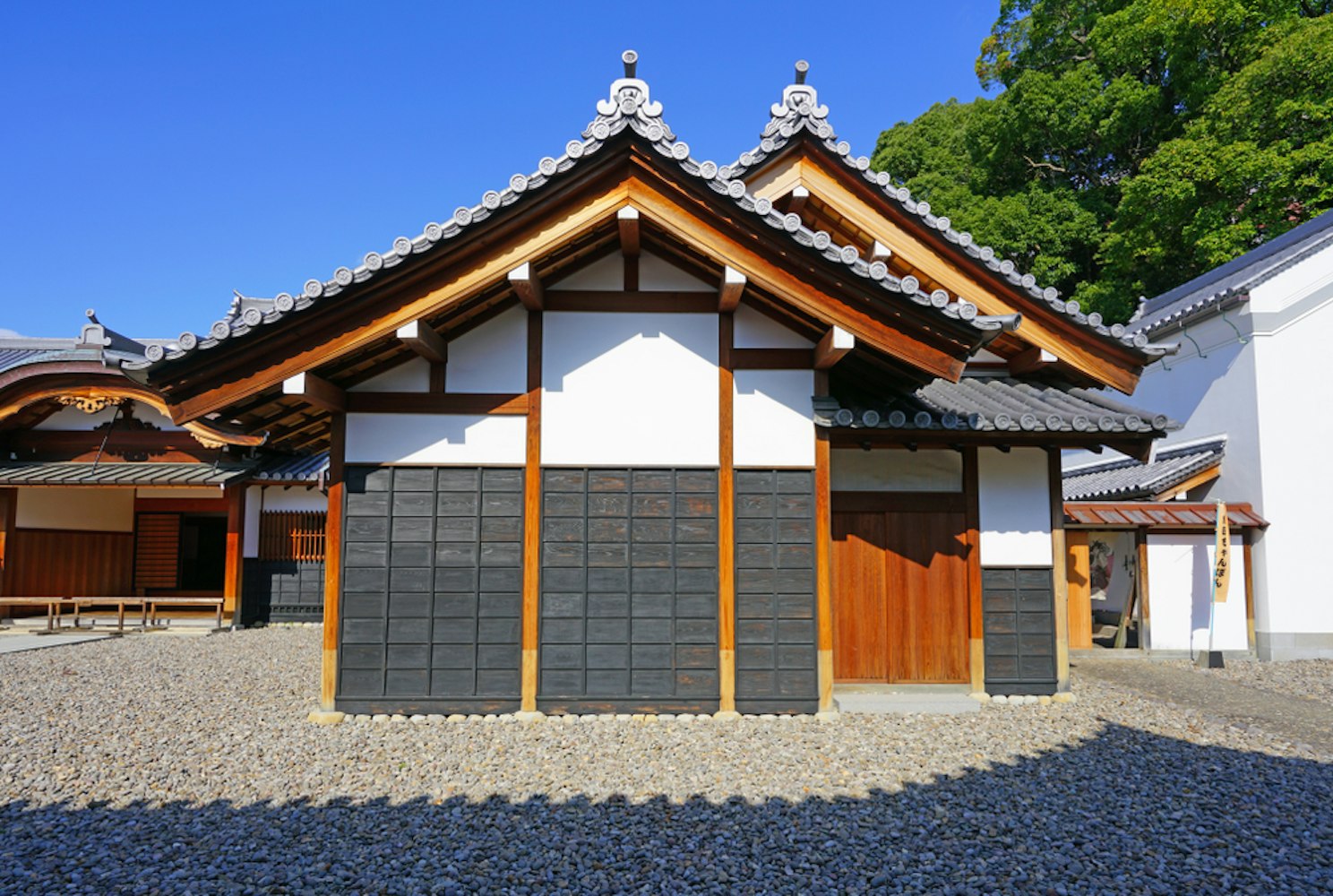
這長崎歷史文化博物館深入瞭解這座城市的豐富歷史,並展示江戶時代的文物,當時長崎是日本通往外部世界的唯一門戶。展品包括來自荷蘭貿易站和中國貿易商的物品,反映了這座城市的重要國際影響力。
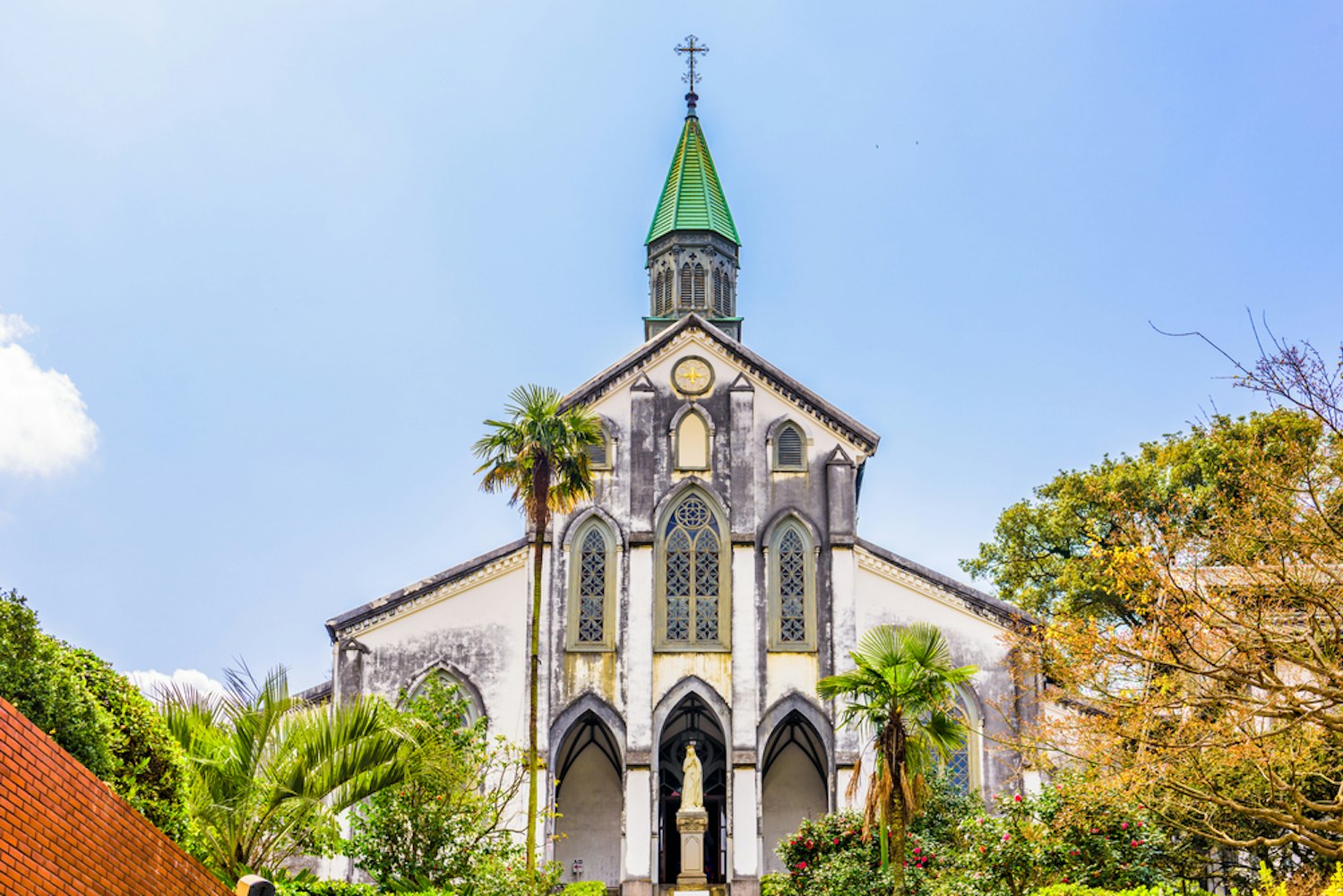
大浦天主堂,也被稱為大浦天主教堂,是日本現存最古老的教堂,由法國傳教士於 1864 年建造。它被指定為國寶,是日本第一座獲得此地位的西式建築。
這座教堂是為了紀念 26 年在長崎被處決的 1597 名基督教殉道者。大浦天主堂位於前外國人租界長崎,是一個重要的歷史和文化遺址,象徵著日本基督徒在迫害時期隱藏信仰的堅韌不拔。
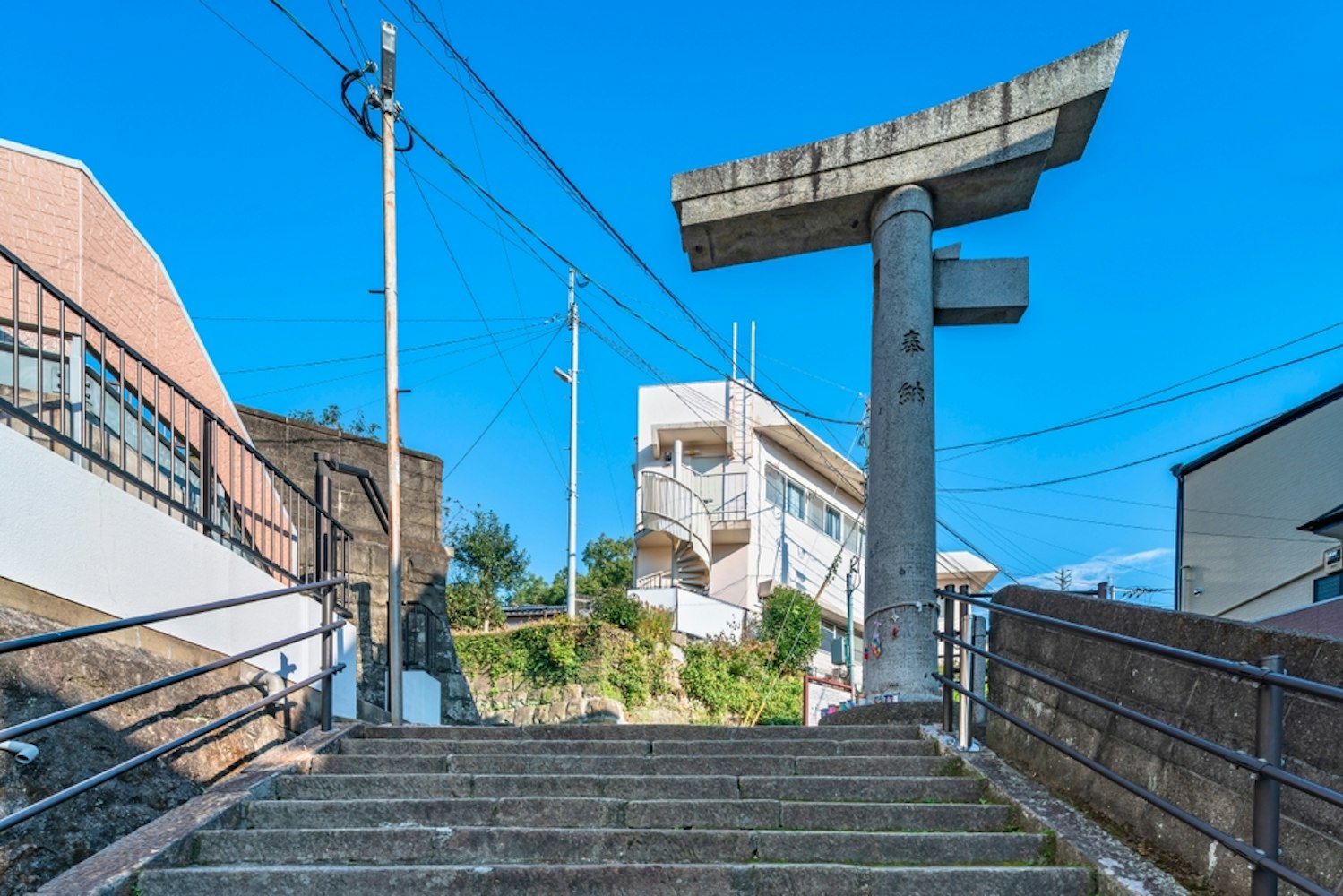
山王神社值得注意的是其倖存的鳥居,它在原子彈爆炸后仍然屹立不倒。大門象徵著韌性和希望。
這個地方提供了一個寧靜的度假勝地,並與日本的精神傳統建立了聯繫。
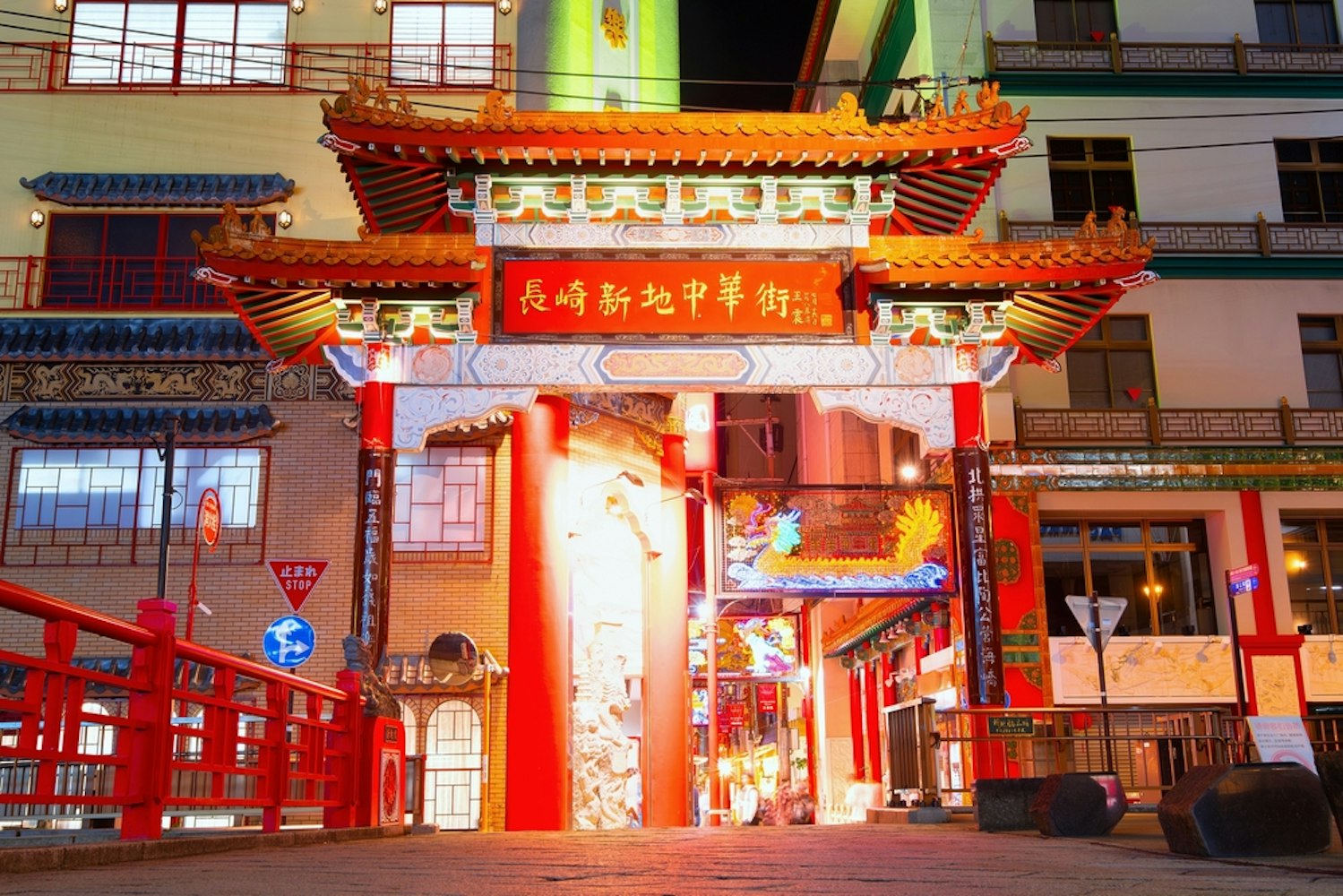
新地唐人街是日本最古老的唐人街,熱鬧非凡,擁有充滿活力的商店、餐館和歷史遺跡。這個繁華的地區讓您得以獨特的一瞥,瞭解長崎豐富的文化風情。
充分利用長崎元宵節,這是一個一年一度的活動,成千上萬的燈籠照亮了這座城市。這個節日慶祝中國新年,為小鎮增添了神奇的氣氛。
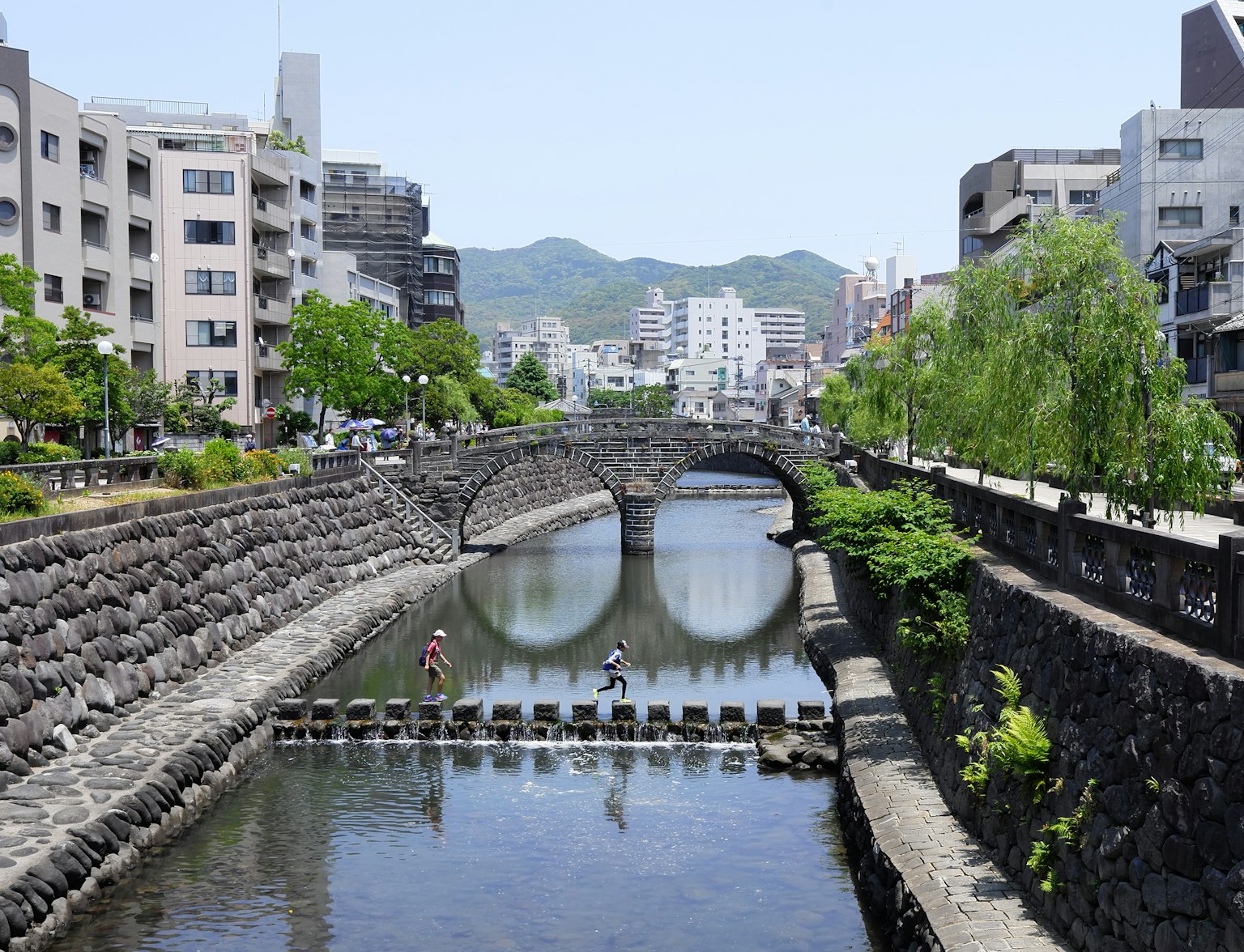
在這個令人興奮的美食冒險中探索長崎的豐富風味。
長崎的美食是任何遊客的亮點。試試莎拉烏龍麵,這是一道當地的麵條,上面放著大量的海鮮和蔬菜。
另一個必嘗的是 Castella Cake,這是一種由葡萄牙商人推出的美味海綿蛋糕。這些菜餚提供了長崎豐富的飲食文化的獨特味道。
在主要景點周圍規劃您的參觀: 要瞭解這座城市的歷史意義,可以參觀長崎原子彈爆炸博物館、和平公園和哥拉巴公園。
體驗當地節日: 安排您的旅行時間,以配合長崎元宵節或其他當地活動,享受這座城市充滿活力的文化。
利用公共交通: 長崎站是一個中心樞紐,可輕鬆前往大多數景點。考慮購買有軌電車的一日通行證,方便探索這座城市。
探索城市之外: 乘坐纜車前往稻山公園,欣賞長崎全景,或參觀附近的景點,如荷蘭貿易站和風景如畫的稻佐山。
尊重歷史: 參觀與原子彈爆炸相關的紀念館和博物館時,請保持尊重的舉止,以紀念受害者和這些遺址的重要性。
長崎是一座歷史、文化和現代無縫融合的城市。從長崎原子彈爆炸博物館和平公園 (Nagasaki Atomic Bomb Museum) 和平公園 (Peace Park) 莊嚴地紀念它的過去,到唐人街充滿活力的生活和美麗的風景哥拉巴花園,長崎不乏可做的事情。
無論您是深入研究其豐富的歷史,還是享受當地的美食和節日,長崎都能提供深刻而豐富的旅行體驗,每個第一次來的遊客都應該珍惜。請務必將長崎添加到您的旅行清單中,以獲得一次難忘的時空和文化之旅。
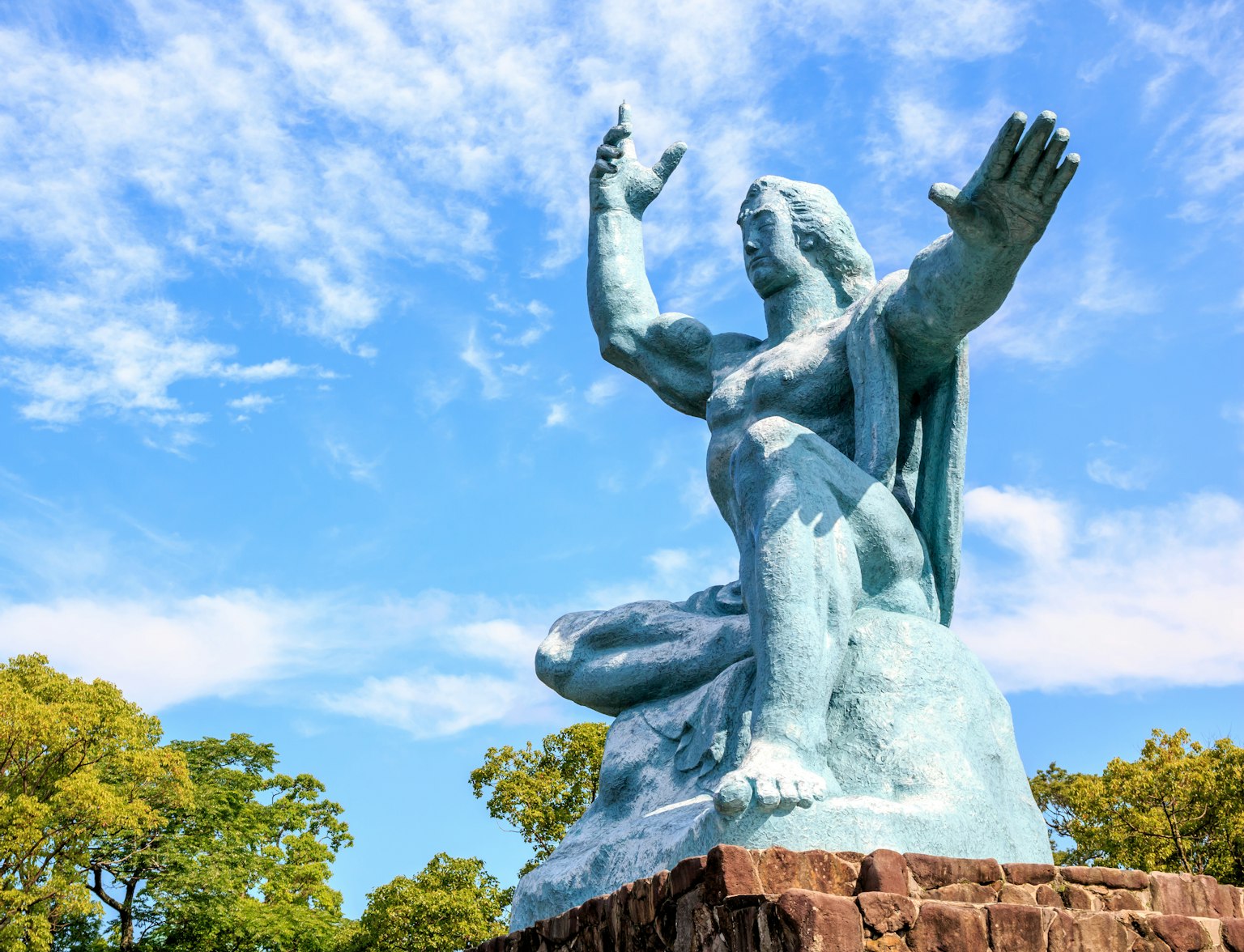
在這個全日私人徒步之旅中,以前所未有的方式探索長崎。
長崎值得一遊嗎
對於第一次來日本的外國遊客來說,長崎相對偏僻,是遠離東京、京都和大阪擁擠的黃金路線的理想度假勝地。
長崎有很多活動可做嗎?
長崎提供各種活動,從探索長崎原子彈爆炸博物館和和平公園等以二戰為重點的景點,到參觀佛教寺廟和神道教神社。出發前,一定要從稻佐山山頂體驗城市令人歎為觀止的夜景。
哪個月份最適合去長崎旅遊?
7 月和 8 月是一年中最溫暖的月份。對於最好的天氣,十月是理想的旅遊時間。然而,夏季是最受歡迎的,從 6 月到 8 月往往會變得擁擠。
你在長崎呆多久?
長崎擁有一系列令人驚訝的景點和景點,至少值得花兩天時間探索這座城市。
如何遊覽長崎市?
電車:
長崎電車從早上 6 點到晚上 11 點每 5-8 分鐘運營四條電車線路。單程費用為 120 日元,或者您可以以 500 日元的價格購買一日通票,無限次乘坐。有軌電車可方便地前往該市的大部分主要景點,包括位於長崎站東南約 1 公里處的市中心。下電車時,請從前門向司機付款。
走路:
長崎也很容易步行遊覽,使探索這座城市的許多景點變得簡單。
